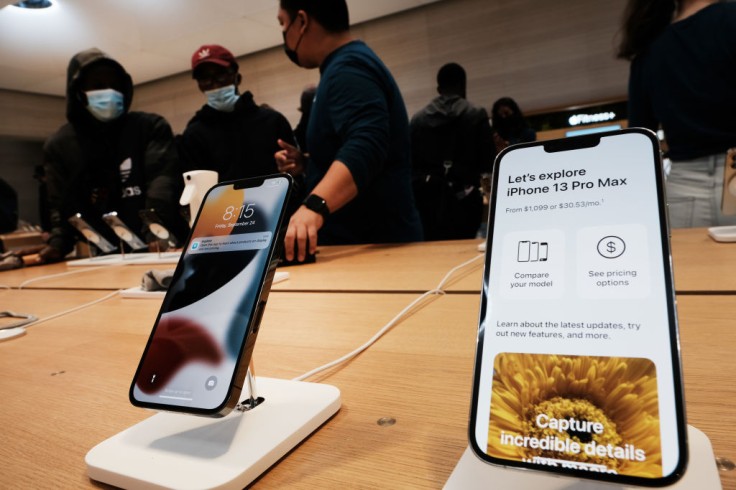
What Are the Signs of an iPhone Virus or iPhone Malware?
Viruses and malware like to hide inside our phones. Hence, users need to look into it and check so that they can remove them and avoid further complications due to the malware or virus. Here are eight alarming signs you need to take note of when using your iPhone:
Adware pop-ups - unwanted and sudden advertisements on your iPhone. By using an ad blocker, most of these advertisements will be prevented. Users can also utilize a private-optimizing browser with a built-in ad blocker.
Excessive app crashing - An iPhone can be infested with malware when an application frequently crashes with no other valid reason.
Increased data usage - Malware can run background tasks on your iPhone, causing an instant increase in data usage than usual.
Unexplained phone bill increases - There are malware designed to hijack your iPhone through sending premium-rate SMS messages, which will cause an increase in the user's phone bill.
Your friends receive spam messages - Once your iPhone is infected by malware, it can send messages with random content and spam the people in your contact list.
Unfamiliar apps - These downloaded and unwanted applications in your iPhone can contain malware.
Faster battery drain - The activities of malware can drain the battery energy of your phone.
Overheating - Besides the normal overheating of an iPhone, users should be aware that it can also be a sign caused by malware.
iPhone Virus Removal
According to Business Insider, these are the five ways to remove any iPhone virus or iPhone malware:
Identify where the malware is - Identify which of the applications in your Apple device is infected. If you are able to identify it, you can either update or uninstall the application.
Clearing the history and data in Safari - Go through your history and data. In there, remove the suspicious, adware-like infections. Also, you can clear your history by going to settings, choose Safari, and then press the "clear history and website data."
Turn off and restart the iPhone - You can turn off and turn on your iPhone through the power button.
Restore the iPhone to an earlier backup - If the user's current backup is infected with malware, restoring the iPhone's earlier backup can help remove the malware.
Erase all the content and setting of your iPhone - If all the abovementioned ways did not solve the problem, there is an option for you to completely reset the device.
Here are the steps:
Go to the Settings.
Press General.
After, press Reset.
Then, tap Erase All Content and Settings.
Can an Apple Device Get Viruses?
According to Clario.co, yes, it can happen. However, this is a minimal possibility for iOS because of its closed ecosystem, which prevents viruses. Further, the iPhone can be at risk to other cybersecurity threats such as malware. iPhone malware is created to infect the phone without the user's permission and target acquiring data and sending spam without consent.
There are four ways to avoid iPhone malware:
A user should only download applications through trusted sources such as the Apple store and avoid third-party application stores.
Users should always check the applications downloaded. This is for the utmost security because iPhone malware can hijack through the applications even in the official app stores.
Before a user can install an application, conduct research. This can be done by reading reviews, searching online, and evaluating different individuals in the application.
Update your iPhone. Getting updates will further fix the bugs and security issues and let your iPhone run smoothly with its latest operating system.









